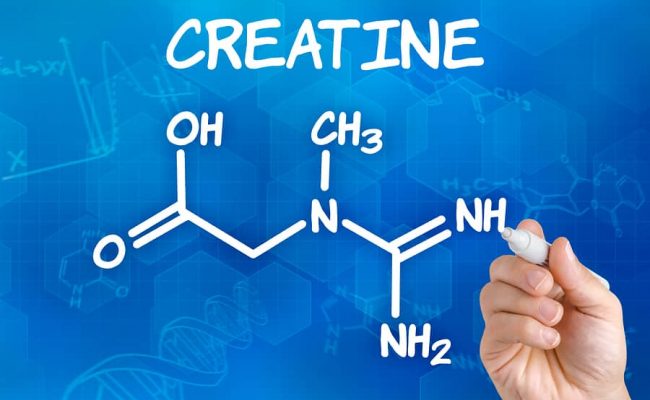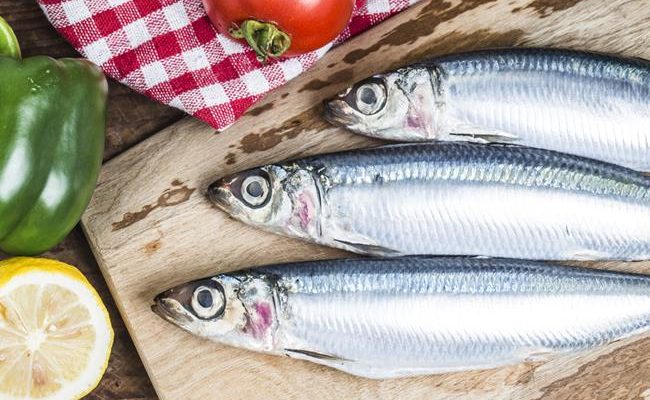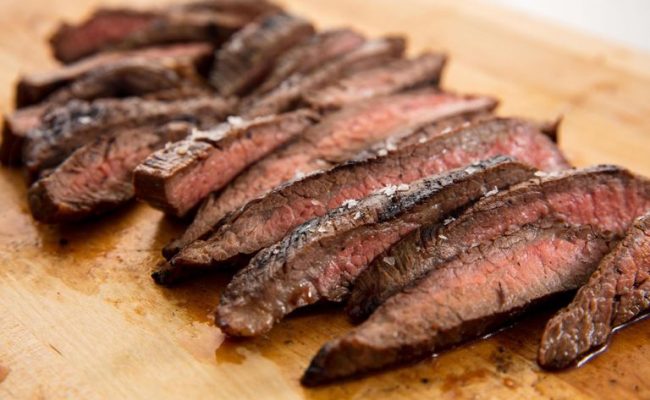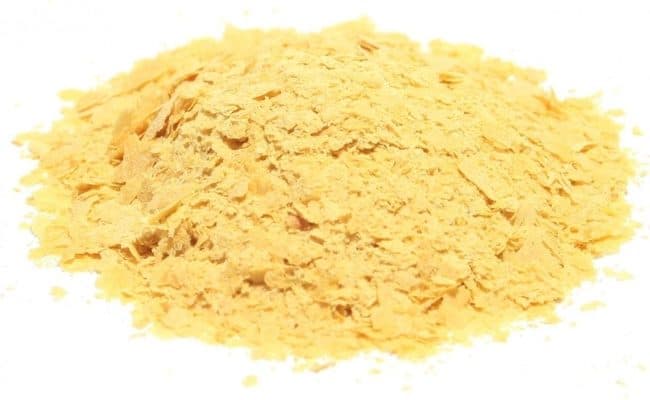
For many, bacon is considered a loved breakfast (or anytime) indulgence. Bacon is considered a source of saturated fat, cholesterol and sodium which has been associated as nutrients that eaten in excess may increase risk for heart disease.
While more recent research suggests saturated fat may not increase risk for heart disease as previously thought, it is still recommended to eat more unsaturated fats in place of saturated fats.
Bacon is typically made from pigs and has to undergo processing to get to the bacon product. The meat is usually cured in a solution of salt, nitrates and other seasonings.
Besides curing, bacon can also use smoking for processing.
Many health agencies suggest limiting processed red meat intake which includes bacon. Some research suggests processed red meat may increase risk for colorectal cancer.
Therefore, limiting intake of bacon, sausage, ham, hot dogs, etc. should be limited.
Despite these recommendations, both Americans and other countries are increasing their intake of bacon and other pork products.
According to a May 26th, 2017 Chicago Tribune article (1), sales of pork products are up 20% since 2011.
The increase in bacon intake specifically may be due to more Americans eating breakfast out and with the increase in popularity for bacon dishes in restaurants.
Bacon nutrition
A slice of bacon can provide about 43 calories, 3.3 grams of fat (5% DV), 1.1 grams of saturated fat (5% DV), 9 mg of cholesterol (3% DV), 137 mg of sodium (5% DV) and 3 grams of protein.
This calorie and fat content may not seem high, but if you eat more like 3-4 pieces of bacon, that is between 15-20% DV for total and saturated fat intake for the day.
One slice of bacon really doesn’t provide any other vitamins or minerals in significant amounts.
However, if you eat a larger portion of bacon, it could contribute selenium, phosphorus, B vitamins and iron to your diet.
Although bacon is usually considered a saturated fat source, only about one third of the fat in bacon is saturated.
Bacon is also a source of heart healthy monounsaturated fat.
How is the bacon made?
The pig meat used for making bacon under goes curing and/or smoking. These processes can use sodium nitrites which may increase risk for certain types of cancer.
Some types of bacon that do not use sodium nitrites for processing may be considered lower cancer risk, but more research is needed.
Processed red meat and cancer risk
A 2006 study (2) looked at the association between nitrite and nitrosome (used in processed red meats) intake and risk for stomach or esophagus cancer.
Researchers concluded there is a positive association between nitrite intake and stomach cancer.
The American Institute for Cancer Research (AICR) suggests eating processed red meats, such as bacon, is associated with increasing risk for colorectal cancer.
There is no “safe” intake associated with processed red meat; even low intakes may increase risk. The bottom line is occasionally eating processed red meats for a special occasion probably isn’t harmful.
However, eating a diet that consistently provides sources of processed red meats may be harmful for increasing cancer risk.
Bacon can be enjoyed as an occasional treat, but keep in mind your total processed red meat intake should be limited. If you are consuming bacon regularly, consider cutting back on your intake.
High heat cooking with bacon
Bacon can be made using different heating methods, but it is often prepared pan grilled or on an open flame.
These high heat cooking methods can cause the formation of heterocyclic amines (HCAs) and polycyclic aromatic hydrocarbons (PAHs) (3).
These compounds have been shown to cause cancer in animal studies. Epidemiological studies have also found a high intake of well done, charred or fried meats is associated with a higher risk for colorectal, pancreatic and prostate cancer.
Cooking higher fat meats like bacon at high temperatures may increase the formation of the potentially carcinogenic compounds.
When the drippings from meats hit the open flame when cooking, when these flames contact the meat, they adhere the HCA or PAH particles to the meat.
If you eat bacon, eating it occasionally is recommended and preferably with a lower heat cooking method.
Recommended intake for bacon
How much bacon can you eat?
This can depend on what the rest of your diet looks like. Eating a diet high in fruits, vegetables, whole grains, legumes, lean proteins and heart healthy fats is recommended for overall health.
Bacon can be considered an occasional treat food not a diet staple.
The AICR suggests limiting total red meat intake to less than total of 18 ounces of red meat per week. The AICR also suggests avoiding processed red meats, including bacon, all together.
Conclusion: Is bacon really that bad for you?
Bacon is considered a processed red meat. The AICR and other health agencies suggest avoiding processed red meat as much as possible because processed red meat has been shown to increase risk for certain cancers.
Therefore, based on this suggestion, bacon should not be a main component of the diet. However, if you want to eat bacon as an occasional treat, it probably won’t be harmful.
The saturated fat content in bacon may not be considered as evil as before. Also, bacon actually is a source of heart healthy monounsaturated fats.
This doesn’t give the green light to eat as much bacon as you want, but the good news is the fat profile may not be as harmful as previously thought.
If you love bacon, the good news is you can enjoy it occasionally as long as your other intake of processed red meats is minimal.
If you are at an increased risk for certain cancers, you may want to consult your healthcare team for specific dietary recommendations for your health.










